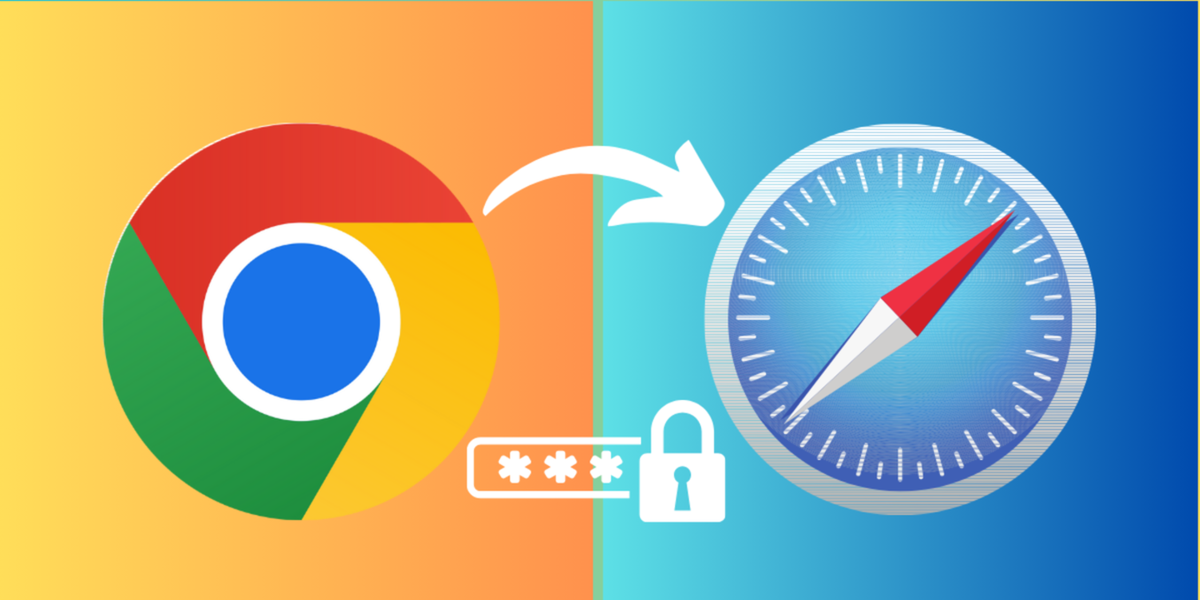Published:
22 ago 2021 03:11 GMT
3200 Python is a ball of mostly rock, and it should not have enough ice to form the bright, fuzzy tail of comets.
Scientists know that comets melt ice as soon as they reach the closest point to the sun. As they approach the big star, these celestial bodies form their own gas path in the shape of a ‘tail’. Asteroids, on the other hand, do not function uniformly because they have a different chemical composition.
As an asteroid, 3200 Python It is often a ball of rock, and it may not have enough ice to form the fuzzy, shiny tail that adorns comets. However, when this object approaches the sun, a tail emerges and the comet ‘disguises itself’.
Astronomers have long suspected that the python tail came from asteroid dust. Now, researchers point to a different purpose: sodium. The results of their study were published in the journal Journal of Planetary Science.
As Python approaches the Sun, in theory, the sodium inside the asteroid heats up, evaporates, and exits through cracks in its surface. In the process, Sodium raises dust and small rocks It spreads behind him, illuminating Python like a comet and forming his characteristic tail.
“Asteroids like Phaethon have a very weak gravitational force, so they do not need much force to expel debris from the surface or to expel rocks from fractures.” Explained BJörn Davidsson, scientist at NASA’s Jet Propulsion Laboratory and co – author of the study. “Our samples say that the smallest amount of sodium needed to do this is nothing like the explosion of steam from the surface of an ice comet,” he added.
Where did that sodium go?
Although asteroids are often known to contain sodium, this time scientists have only seen faint traces of this chemical in the annual meteor shower. Geminites December, caused by burning python debris in the Earth’s atmosphere. So they wondered where the sodium associated with it had gone.
To solve the mystery, they studied models of a meteorite that landed in Mexico in 1969. Experts believe it came from an asteroid with a python-like compound. When the researchers heated the samples to temperatures comparable to those experienced by the Phyton during their journey through the solar system, Sodium was found to actually “bubble”.
“Our latest finding is that if conditions are right, sodium can explain the nature of some active asteroids, which makes the spectrum between asteroids and comets more complex than we thought,” said Joe Masiero, the lead author of the investigation.





